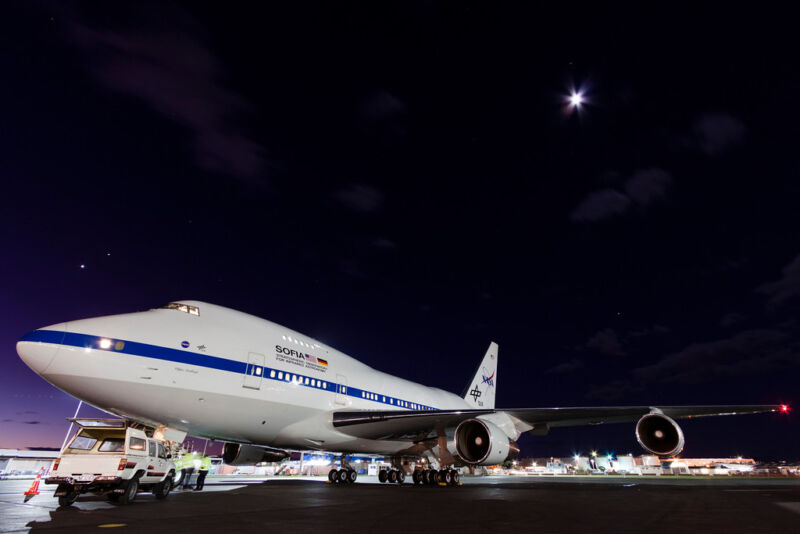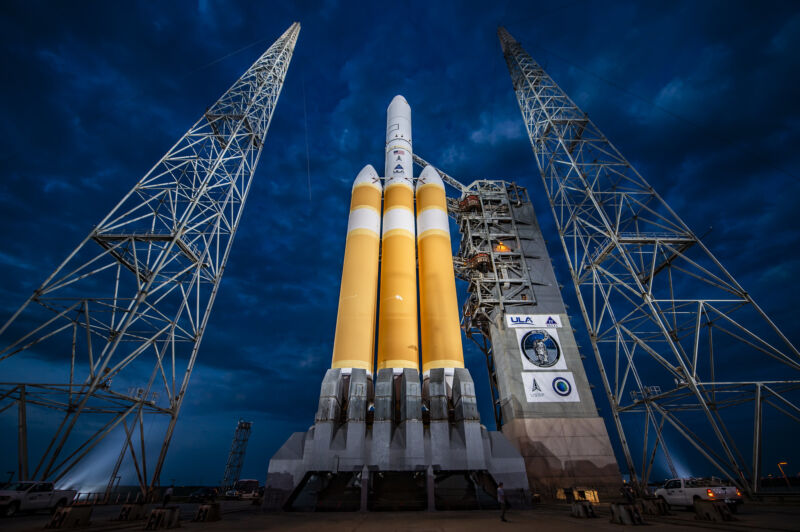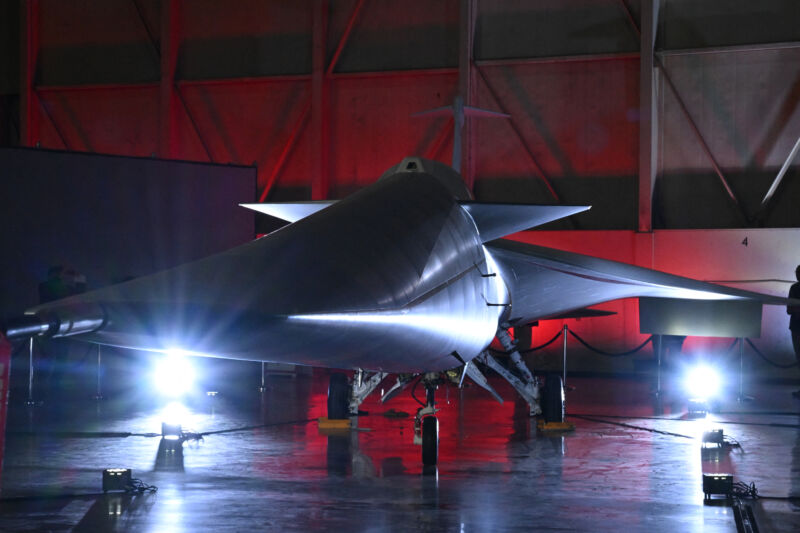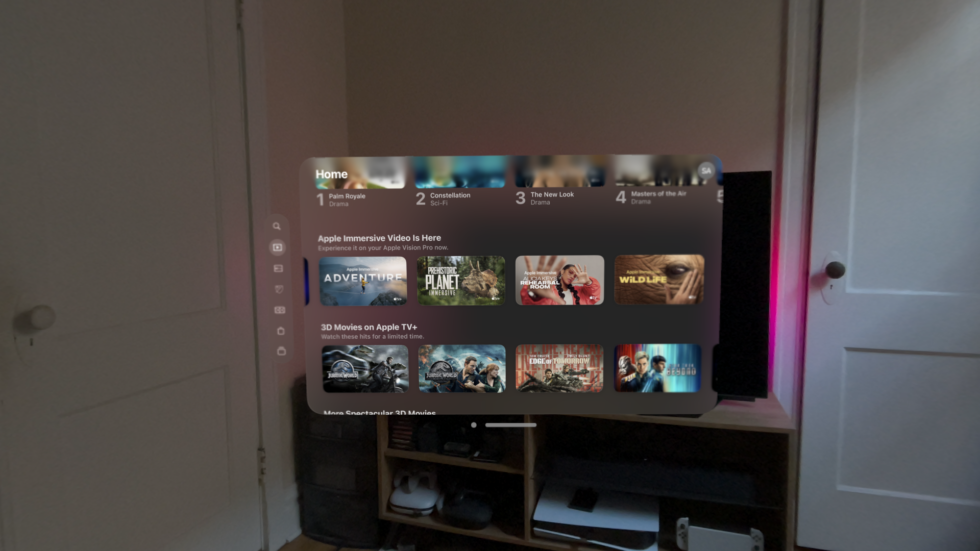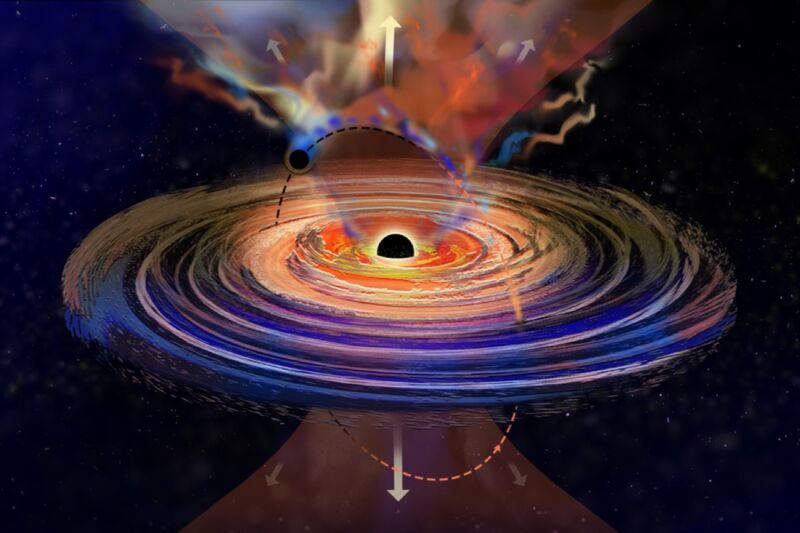-
 chevron_right
chevron_right
How Volvo made rear-wheel drive work on ice for the EX30 SUV
news.movim.eu / ArsTechnica • 1 April, 2024 • 1 minute

Enlarge / The cheapest version of Volvo's affordable EX30 is rear-wheel drive, but there's no reason to be afraid of that. (credit: Tim Stevens)
Volvo provided flights from Newark, New Jersey, to Sweden and accommodation so Ars could drive the EX30. Ars does not accept paid editorial content.Rear-wheel drive cars long ago earned a reputation for being a bit of a nightmare to live with in snowy, icy conditions. That's partly why Volvo stopped making the things way back in the 1990s, so it was a surprise that the brand returned to rear-drive for its latest EVs, like its upcoming subcompact SUV, the EX30.
Why the throwback layout? Next-generation stability and traction-control systems, aided by the precise torque delivery of electric motors, allow for advanced modulation of power and braking that would have been impossible on those '90s icons. To see just how well Volvo's engineers succeeded at the task, I headed to northern Sweden to catch the tail of an Arctic winter and see whether this return to RWD was a success.
The driven wheel dilemma
Thanks to inertia, having the engine of a car drive the rear wheels actually provides the acceleration. When you accelerate, the car's mass effectively shifts rearward. That additional weight on the rear wheels gives them more grip—and gives you more speed.



